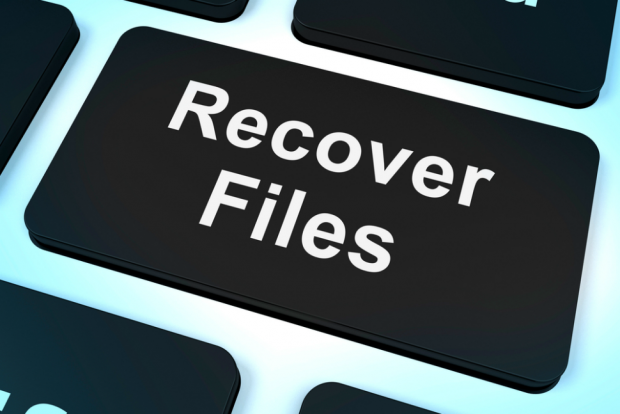
Breaking News
 Harbor Freight Coverpro 12x20 made into a Metal Building part 2
Harbor Freight Coverpro 12x20 made into a Metal Building part 2
 Brian Cole BUSTED, Halle Berry NUKES Newsom + Candace REJECTS TPUSA Challenge...
Brian Cole BUSTED, Halle Berry NUKES Newsom + Candace REJECTS TPUSA Challenge...
 I spent my Thanksgiving in the emergency rom... Medical emergencies can pop up at any time.
I spent my Thanksgiving in the emergency rom... Medical emergencies can pop up at any time.
 The "Golden Age" of Job Layoffs?
The "Golden Age" of Job Layoffs?
Top Tech News
 Build a Greenhouse HEATER that Lasts 10-15 DAYS!
Build a Greenhouse HEATER that Lasts 10-15 DAYS!
 Look at the genius idea he came up with using this tank that nobody wanted
Look at the genius idea he came up with using this tank that nobody wanted
 Latest Comet 3I Atlas Anomolies Like the Impossible 600,000 Mile Long Sunward Tail
Latest Comet 3I Atlas Anomolies Like the Impossible 600,000 Mile Long Sunward Tail
 Tesla Just Opened Its Biggest Supercharger Station Ever--And It's Powered By Solar And Batteries
Tesla Just Opened Its Biggest Supercharger Station Ever--And It's Powered By Solar And Batteries
 Your body already knows how to regrow limbs. We just haven't figured out how to turn it on yet.
Your body already knows how to regrow limbs. We just haven't figured out how to turn it on yet.
 We've wiretapped the gut-brain hotline to decode signals driving disease
We've wiretapped the gut-brain hotline to decode signals driving disease
 3D-printable concrete alternative hardens in three days, not four weeks
3D-printable concrete alternative hardens in three days, not four weeks
 Could satellite-beaming planes and airships make SpaceX's Starlink obsolete?
Could satellite-beaming planes and airships make SpaceX's Starlink obsolete?
The easiest ways to recover deleted files

Now that we're living in a mostly digital world, it's a lot easier than it used to be to accidentally delete that precious family photo or important bank statement. One slip of the finger, and whole folders of files can disappear into the digital ether.
If you're hit by such a mishap, don't panic. If you keep calm and act fast, you might be able to get your files back. In fact, you can explore a few different methods on your quest to restore your data. From tools built into your operating system to third-party apps you can download for free, here's how to rescue those files.
Keep a backup
Nowadays, you really have no excuse for not backing up everything that's on your computer and phone. The available backup and cloud storage apps are so comprehensive and easy to use that you barely have to do anything to update the spare copies of your data. What's more, backups are your best protection against any accidental file deletion, not to mention other potential problems like ransomware.
Of course, if you don't already have a backup system in place, it won't be much help if you've arrived here in a panic. But you can at least make sure you set something up to protect your future files. On your computer, look at the options built into Windows (OneDrive) and macOS (iCloud), as well as independent apps such as Dropbox and Google Drive.
All of these services sync your files between computers and the cloud. So when a file disappears from one place, you can restore it from another. For example, in the Dropbox web interface, just click the Deleted files link and then restore whichever file or folder you want back. For even more protection against data loss, consider a service like Crashplan or Backblaze.

 First totally synthetic human brain model has been realized
First totally synthetic human brain model has been realized Mach-23 potato gun to shoot satellites into space
Mach-23 potato gun to shoot satellites into space

